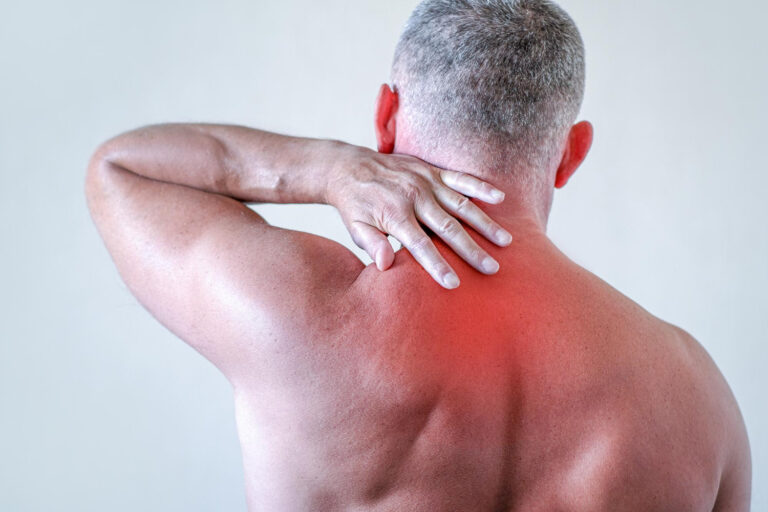Lumbar Spondylosis: Symptoms, Treatment and cause factor

Lumbar spondylosis is scientifically known as lumbar osteoarthritis. Generally, Lumbar Spondylosis is considered a degenerative condition that gradually develops over time. The bones and protective cartilage usually get wear and tear over time, which can be resultant in lumbar spondylosis.
Discs are a combination of cartilage and a soft pulpy gel that is available in the centre and is very elastic in nature. Discs help in taking the load of stress applied to the vertebrae. Because of degeneration, the discs tend to dehydrate and shrink. The state of dehydration and shrinks can cause loss of elasticity to the disc resulting in its propensity to get torn. When the disc tears, the soft inner portion comes out of the disc through the tears. This condition is termed a disc prolapse/herniation / slipped disc.
This is one of the most common characteristics of lumbar spondylosis. The other issues generated by the occurrence of lumbar spondylosis are- damage to the vertebrae, damage to the ligaments or the facet joints.
Symptoms Of Lumbar Spondylosis:
- Restricted motion.
- Back pain and stiffness in the body.
- Tingling, numbness and weakness in the legs, buttocks, bowel and bladder.
- Occurrence of Gait disorder.
- Instability in the spine.
Risk Factors For Lumbar Spondylosis
Age: The ageing of an individual is also affected by Lumbar spondylosis.
Treatment Of Lumbar Spondylosis
The treatment of conservative works well in mild lumbar spondylosis. The most common forms of conservative treatment options for lumbar spondylosis include:
- Physical therapy
- Exercises and stretches
- Pain medications
- Brace usage
- Limited bed rest
- Lifestyle modifications
- Yoga
- Acupuncture
- Spinal injections
- Ayurvedic treatment
- Surgery
These above-mentioned treatments can be beneficial in relieving pain. However, one should always consult the physician before adopting any of the treatments.
Conclusion
So, are you looking for an effective treatment of Lumber Spondylosis? If yes, then you can go ahead with the Spandan Spondylosis Care Centre. Their spinal treatment generally concentrates on treating the thoracic, lumbar spine and cervical problems for all patients of any age and for a variety of painful conditions.
